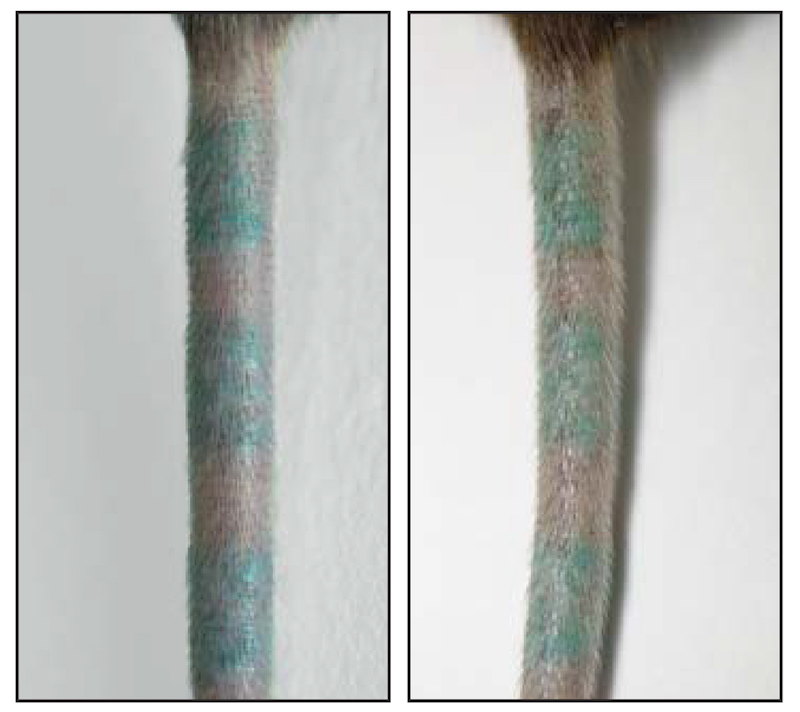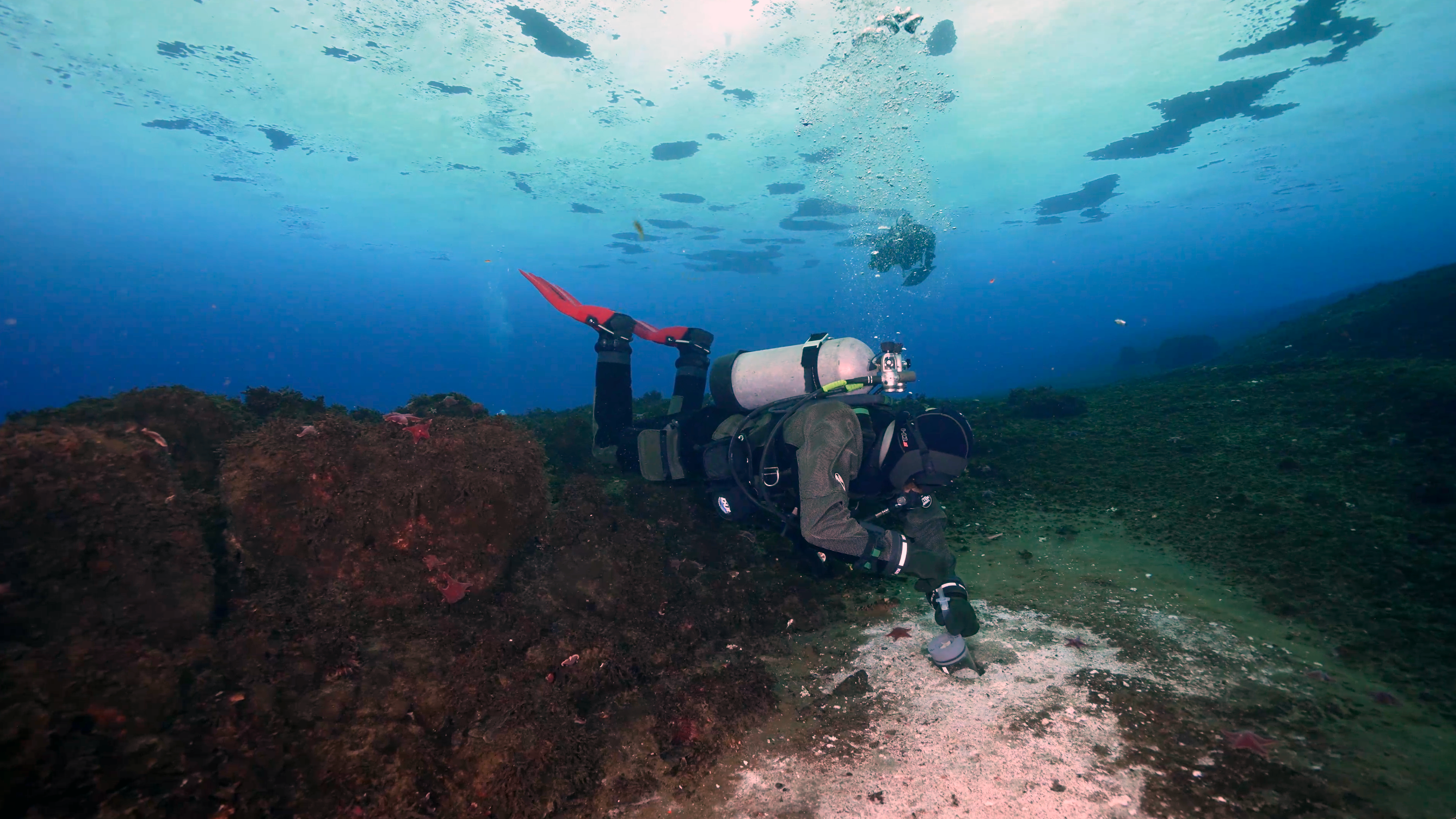Tattoos Last Forever Because Your Immune Cells Are Hungry for Dead Skin

You can thank your immune system for many things — such as preventing your body from turning into an alien fungus or permitting you to live outside of a plastic bubble. You can also thank your immune system for keeping your dope new shoulder tattoo from flaking off with the dead skin cells you lose every day, according to a team of French immunologists who tattooed the tails of mice.
In a new paper, published today (March 6) in the Journal of Experimental Medicine, researchers determined that tattoo pigment is held in the dermis (the middle of your three layers of skin) by a single type of white blood cell known as a macrophage.
These immune-response cells swarm to the site of a new tattoo when the needle punctures your skin, gobbling up ink pigments that they deem to be foreign invaders before settling into the dermis until they die. According to the new paper, that's when an effective, extracellular recycling program kicks into gear — and keeps your tattoo a permanent part of your cellular network. [5 Weird Ways Tattoos Affect Your Health]
"Macrophages, including those that that are laden with tattoo pigments, do not live as long as a human being," study co-author Sandrine Henri, aresearcher at the Centre d'Immunologie de Marseille-Luminy in France, told Live Science in an email. "When they die [within a few years], they release into the dermis the pigments they contain. These free pigments are then taken up by the neighboring macrophages, which seem to be the only skin cells capable to handle them."
In the new study, researchers tattooed a green, striped pattern onto the tails of several genetically engineered mice whose dermal macrophages could be easily targeted for destruction (without posing a lethal risk to the mouse). After a few weeks, the tattooed mice received an injection to specifically kill off macrophages carrying green pigment. Within two days, all of the pigment-carrying macrophages had died off — but the tattoos did not fade.
Taking a closer look, the researchers saw that new macrophages began replacing the dead ones almost instantly, slurping up pigment upon arriving. Within 90 days, the pool of cells had replenished completely and gobbled up most of the loose tattoo pigments again.
"It is likely that most of the green pigment particles … remained in an extracellular form at the site of tattooing where they were progressively recaptured by incoming dermal macrophages," the researchers wrote. In other words, the pigment particles were caught in a sort of cellular recycling program that kept most of the ink from being carried out of the dermis for disposal.
Get the world’s most fascinating discoveries delivered straight to your inbox.
To further test this pigment-recycling program, the researchers grafted a piece of green-tattooed tail skin onto an un-tattooed albino mouse. When they analyzed the recipient mouse's skin six weeks later, they found that much of the green pigment was now held by cells that originated in the recipient mouse, rather than the donor mouse. Within just a few weeks, the albino mouse's macrophages had captured most of the pigment released by the donor mouse's cells.
"We believe that our findings may allow [researchers] to propose new strategies for tattoo-removal procedures that are more efficient and less painful," Henri said.
Current tattoo-removal methods involve pulsing tattooed cells with lasers in order to fragment the pigment particles, making it easier for macrophages to transport the ink into the lymph system for disposal. This process can take years to complete, however, because macrophages are so good at reabsorbing pigment from their neighboring cells and holding them in the dermis, the researchers wrote.
Selectively killing dermal macrophages in humans, like the researchers did in mice, could speed along the laser removal process significantly, Henri said. She said she and her colleagues hope to collaborate with dermatologists on future studies to test this hypothesis in humans.
Originally published on Live Science.

Brandon is the space/physics editor at Live Science. His writing has appeared in The Washington Post, Reader's Digest, CBS.com, the Richard Dawkins Foundation website and other outlets. He holds a bachelor's degree in creative writing from the University of Arizona, with minors in journalism and media arts. He enjoys writing most about space, geoscience and the mysteries of the universe.


